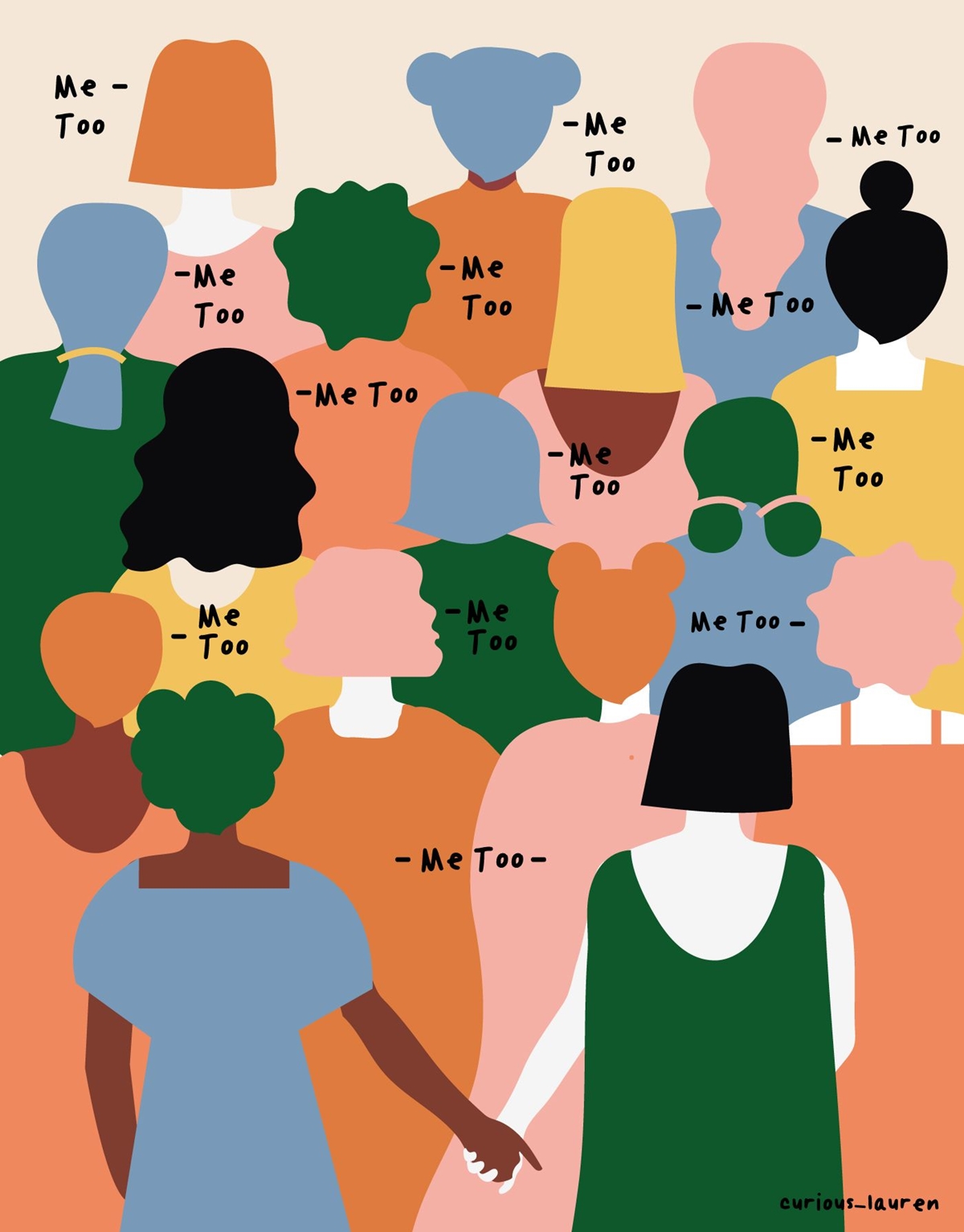Here’s an excerpt from Ageist? Sexist? Who, Me? How to Start a Consciousness-Raising Group Around the Intersection of Ageism and Sexism (out later this spring from the Old School Clearinghouse). It’s about how women with privilege have left other women behind in the struggle for equal rights. We’re well into a new century and at a time of unprecedented potential for social change. It’s no surprise that women are leading the movement to dismantle ageism. We cannot afford to repeat the mistakes of our predecessors, which are what provoked the emergence of intersectional feminism. In the words of disability justice advocate Angel Love Miles, PhD, “Intersectionality demands that we work towards the liberation of everyone.”
The women’s movement has a troubled history.
Because it focuses on women of reproductive age, the women’s movement is ageist. The concept of “sisterhood” is integral to women’s rights, but by definition, sisters are close in age. (An image search under “sisterhood” yields no gray heads.) The practice of dividing the history of feminism into “waves” likewise consigns us to same- rather than mixed-age cohorts and relegates older participants to the margins.
The women’s movement is also racist, because it has long focused on the interests of white women. Many activists for women’s suffrage were overtly racist, and many supported women’s right to vote as a way to offset the Black vote and bolster white supremacy.
The movement has also been homophobic. In the 1970s, it was the failure of the women’s movement to address their issues that compelled Black and queer women to invent and demand intersectional analysis and activism. At the time, Betty Friedan, head of the National Organization for Women, coined the term “lavender menace” to describe the threat posed by outspoken lesbians, claiming their presence would slow progress towards economic and social equality for women.
Class bias has also slowed progress towards women’s liberation. Middle-class white women were instrumental in the defeat of the Equal Rights Amendment, which was designed to guarantee equal legal rights for all American citizens regardless of sex. Tech executive Sheryl Sandberg’s advice to ambitious women to “lean in” ignored structural discrimination: the glass ceiling that keeps the vast majority of women and minorities from reaching their professional potential. Because they benefit from white privilege and the shelter of patriarchy, middle-class white women were instrumental in electing, and attempting to re-elect, an overtly racist president who bragged about degrading and sexually assaulting women.
Achieving true women’s liberation requires that white women learn to give up those privileges; that we keep in mind the way problems play out differently for different people; and that we aim for remedies that do not come at the expense of other women. The purpose of consciousness-raising is for women to identify experiences that unite us without ignoring our differences. Categories like gender, sexual orientation, class and ethnicity may set us apart, but they’re also important vehicles for collective identity. The only effective and lasting way to advance equality is through solidarity and collective political action.
Here’s how the Black and Asian Feminist Solidarities website defines solidarity: “Solidarity at its core is about relationships. Solidarity means: we understand and commit to taking responsibility for one another—and that is the radical feminist future we believe in.” Are we willing to expand our circle of relationships? To be brave and accept risks? That’s how we rise to the challenge posed by the Black and Asian Feminist Solidarities project: “What can we do together?”



